Some people like to go to the seaside, others prefer mountains. What determines such holiday preferences? Anecdotal evidence suggests that they are transmitted from parents to their children. We were a seaside family, and while different locations were tried over the years, the one that stands out is Denmark – in particular the west coast of the Jutland-peninsula. Maybe these holidays caused my predilection for flat and empty landscapes.
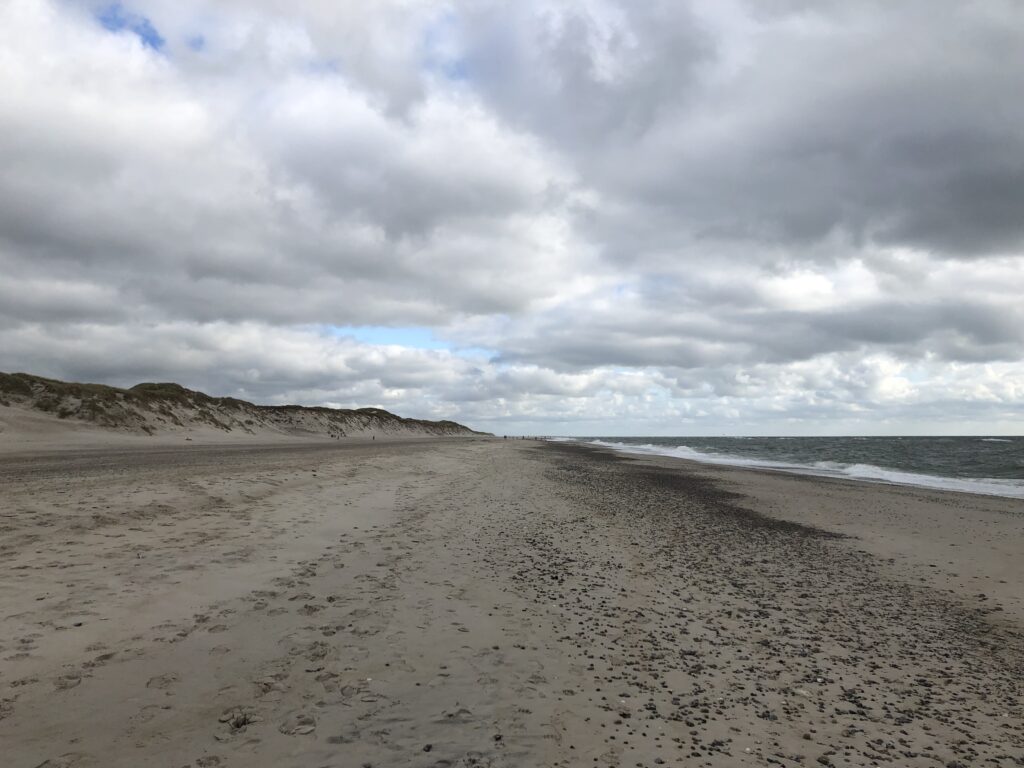
To those who know East Anglia, Jutland will seem very familiar. It is flat, full of farmland, and has long sandy beaches. Since I don’t speak Danish it is more difficult to examine the stereotypes associated with it, but as far as I can tell they are similar too: Jutland is considered remote and provincial.
One must keep in mind that Copenhagen is in the far east of the country, on the island of Zealand. For a long time getting to Jutland from there was quite tricky. This can be seen in The Olsen Gang, a classic Danish TV series about the Copenhagen-based gangster Egon Olsen and his accomplices Benny and Kjeld. Every episode begins with Egon’s release from prison. Usually a failed attempt to get rich had brought him there, but he is undeterred and invariably emerges with a new scheme to make money. In one episode the plan is to recover gold from an old German bunker on the west coast. Clearly none of the gang have been to Jutland before, and upon hearing about the plan Kjeld’s wife assumes that they are going abroad and starts to wonder about duty-free shopping. In order to cross the Great Belt separating Zealand from the island of Funen they need to use a ferry. They then cross the (then) newly opened New Little Belt Bridge to Jutland. The episode is from 1971, and it would take until 1998 for the ferry to be replaced by a bridge over the Great Belt as well.
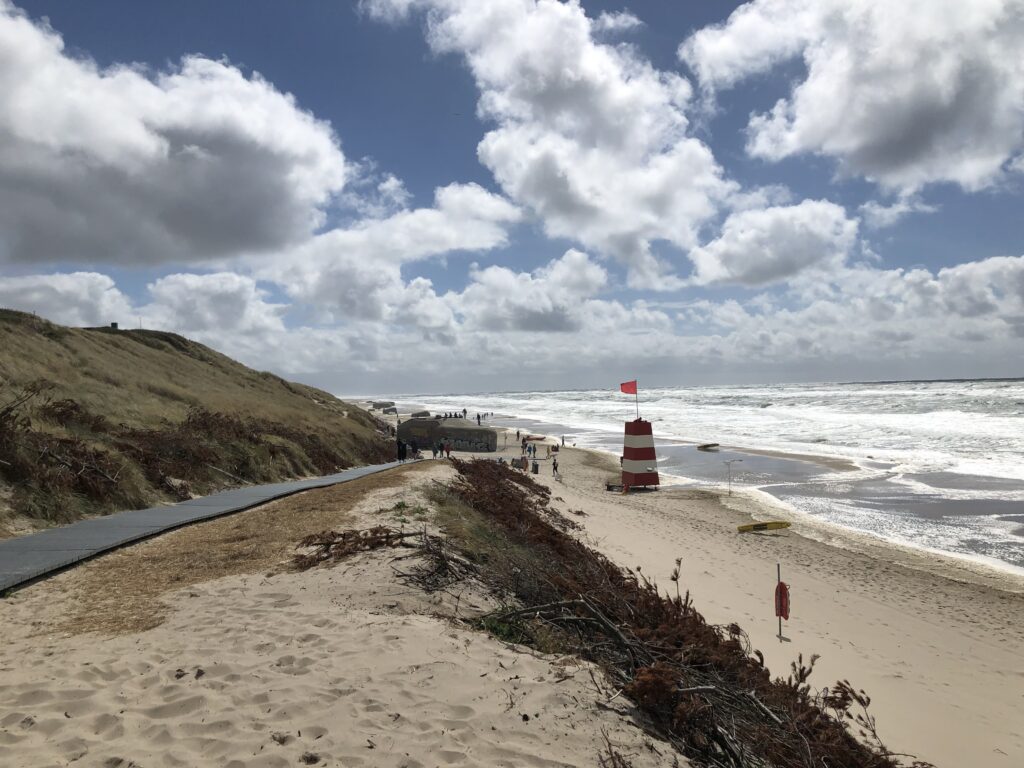
Having arrived in Jutland, Egon and his gang presume that they can easily fool the locals about their secret plan, but they are frequently outsmarted by the scrap dealer Mads Madsen. And they are not the only fictional Copenhagen-based gangsters for whom Jutland has surprises in store. In the film “Flickering Lights” from 2000, Torkild and his companions Arne, Peter, and Stefan manage to secure several million DKK in a robbery. They are supposed to use the money to repay debts they owe a notoriously dangerous gangster boss, but instead decide to flee Copenhagen in order to begin a new and better life elsewhere. The choice falls on Barcelona, but they don’t even manage to leave Denmark: Just after arriving on Jutland the car breaks down. The gang thus end up hiding in an abandoned and dilapidated house in a forest near Fredericia.
Unexpected complications that prevent the group from continuing their journey keep arising. They tell a local, the hunter Alfred, that they have bought the house in order to open a restaurant there. One day Arne, who is worn out by boredom and frustration, goes into the forest and randomly shoots a cow. It turns out that Alfred is the owner. He is very upset at first, but the two soon bond over their shared passion for firearms and end up shooting as many animals as they can lay their eyes on. In the end the four actually refurbish the house and turn it into restaurant. The dream of a better live is thus realised in Jutland rather than Barcelona.
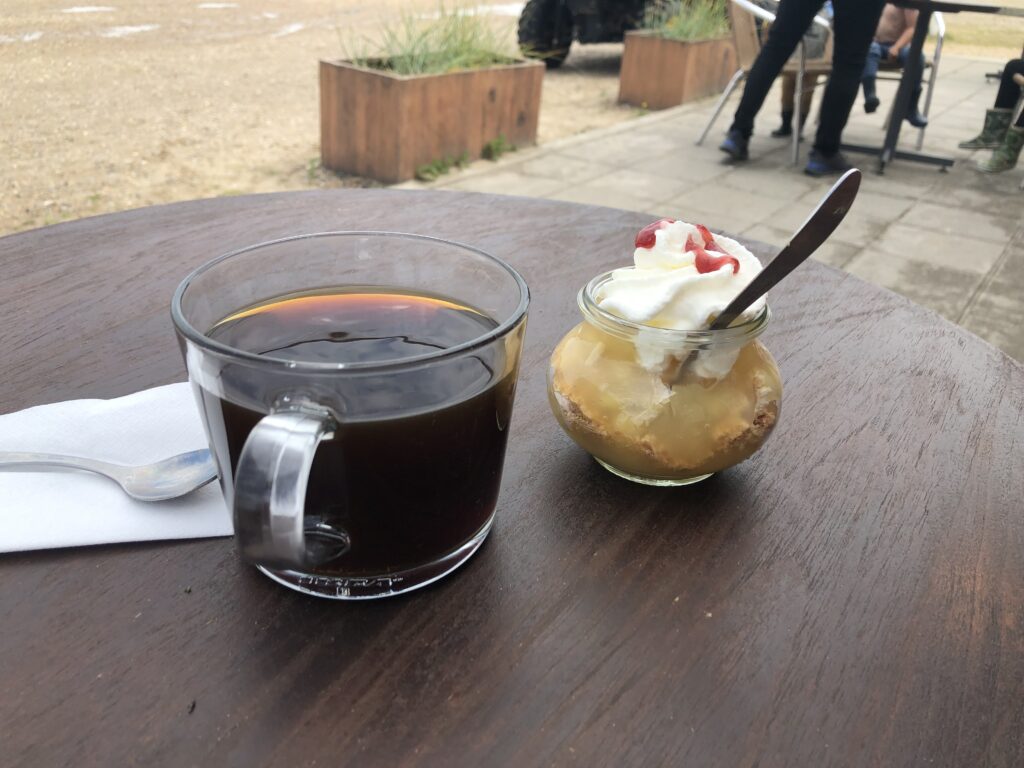
The hunter Alfred is played by Ole Thestrup, whom many might know from his role as Svend Åge Saltum, the leader of the right-wing Freedom Part in Borgen. In addition to politics Svend Åge owns a pig farm in Jutland, and in one episode demonstrates how to cut off a piglet’s tail on live TV. In another episode he is attacked while out on the streets of Copenhagen. In a subsequent interview he rejects the stereotype that Jutlanders have no street smarts, and emphasises this point by singing “People from Jutland are strong and tough“. The lyrics are by the 19th century writer Steen Steensen Blicher, described as the “melancholic poet of the Jutland heath“, whose life “in one of the most impoverished and secluded parts of Denmark as well as a constant debt and an unhappy marriage” moved him to heavy drinking and lengthy hunting trips.
We will now leave these fictional and real Jutlanders behind, but let me close this digression by saying that the English subtitles for Borgen on Netflix seem rather harsh: they translate “Jutlander” as “hillbilly”.
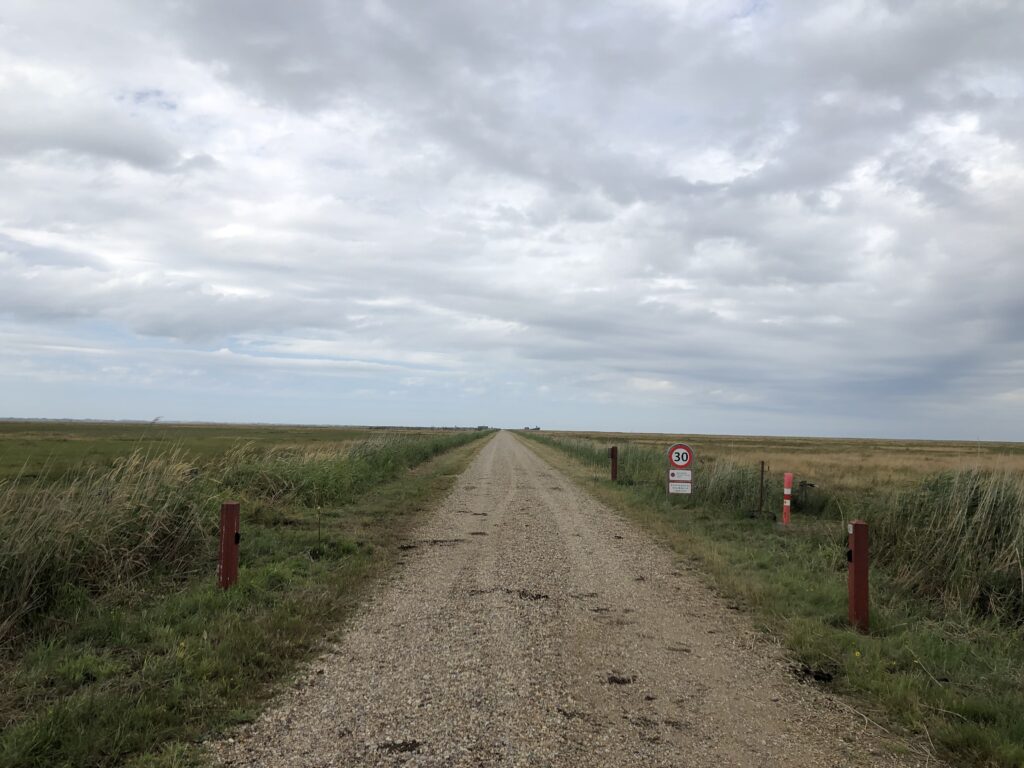
My own knowledge of Jutland is largely restricted to Holmsland Klit, a narrow spit of land separating the North Sea from the Ringkøbing Fjord. For many centuries this was a series of small islands rather than a continuous stretch of land. Farmers brought their cattle there to graze during the summer months, and in addition grew corn and potatoes. Originally the major link between the fjord and the sea was on the southern end, near the village Nymindegab. Over time sand started to build up, however, so that by the early 20th century the fjord threatened to become a mere lake. To prevent this it was decided to build an artificial canal in the middle of Holmsland Klit. The project started in 1909, but heavy storms and flooding derailed the completion, so that the current canal, which includes a sluice, was only finished in 1931. It is part of the new town Hvide Sande.
Nowadays Holmsland Klit is dominated by holiday homes to which German tourists flock in the summer. The long sandy beaches without a noticeable tide make it a very attractive spot, as long as the weather cooperates. Seaside tourism has been thriving in Denmark since the late 19th century, when fashionable “bathing hotels” opened in places like Hornbæk, on the northern shore of Zealand and easily reachable from Copenhagen. But thanks to its natural beauty Jutland also attracted those from the capital who could afford it. The TV series Badehotellet entertainingly portrays life at a seaside hotel near Skagen, in the far west of Jutland. The same assortment of guests arrives every summer and has been doing so for years. Their personalities are quite different and include a flamboyant actor, a gloomy prophet of doom, and an old lady whose idea of a holiday is a never-ending bridge tournament – naturally on the same table in the same corner of the lounge every year. Another regular is a wealthy merchant who, while strolling through the barren dunes one day, hits upon the idea to build holiday homes. Obstacles are thrown in the way of this plan, but it was clearly an idea whose time had come.
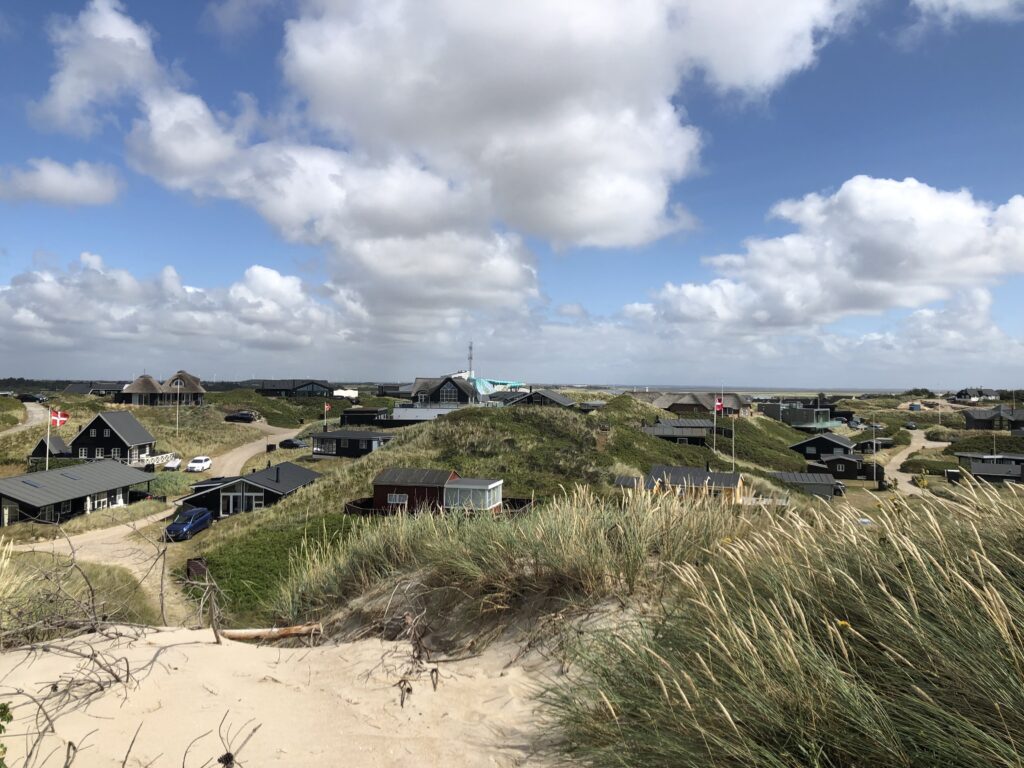
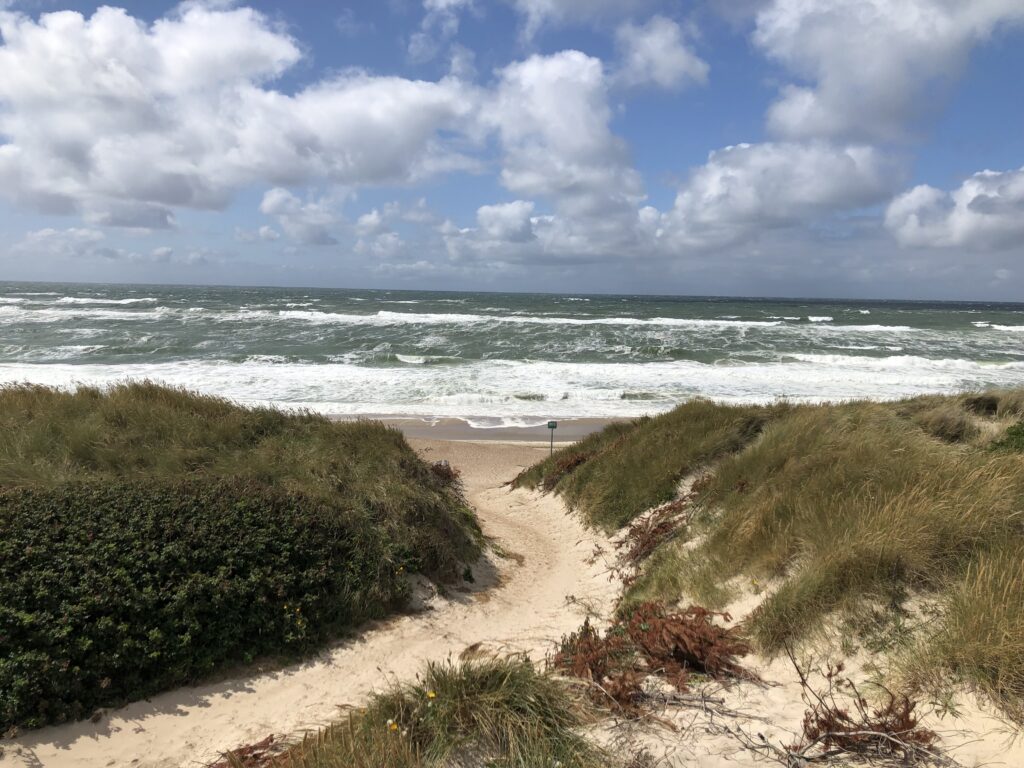
Since the opening of the Hvide Sande canal Nymindegab has lost its role as the entry point to the Ringkøbing Fjord, and is for the most part a quiet village. There was some excitement in 1990, when a sperm whale washed up on the beach. Its skeleton is now on display in a small museum. A more niche local attraction of sorts is a takeaway restaurant with comically bad reviews. Danish fast food is pretty straightforward. Hot dogs with the distinctively red sausages (“røde pølser“) and soft ice are the classics. Burgers are of course popular too. Not much can go wrong with this, one may think, but one outlet in Nymindegab seems to prove this wrong. So many unhappy customers have written negative reviews complaining about both the low quality of the food and the rude treatment they received that satirical reviews have started to appear. The latter express disappointment because the soft ice did not tase like washing-up liquid and the owner did not yell at the customers.
German bunkers were mentioned already. They were built after the German occupation of Denmark in 1940 as part of the Atlantikwall, a system of sea defences reaching from northern Norway to southern France. Since bunkers are difficult to get rid of they remain standing as reminders of the past. In Blåvand several bunkers have been decorated with heads and tails to resemble mules. The infertile mule serves to express the hope that bunkers will not again multiply in the future.

After the occupation ended in 1945 it was felt that the Danish army needs strengthening. One consequence of this was the formation of the Danish Home Guard (Hjemmeværnet), an organisation of volunteers with roots in the resistance movement that opposed the Germans. Just north of Nymindegab the Home Guard has a training area that endlessly fascinated me as a child. I could never get enough of the bright yellow warning signs along the cycling path, which explained that raised red balls on the poles spread across the training area mean that military exercises are taking place.
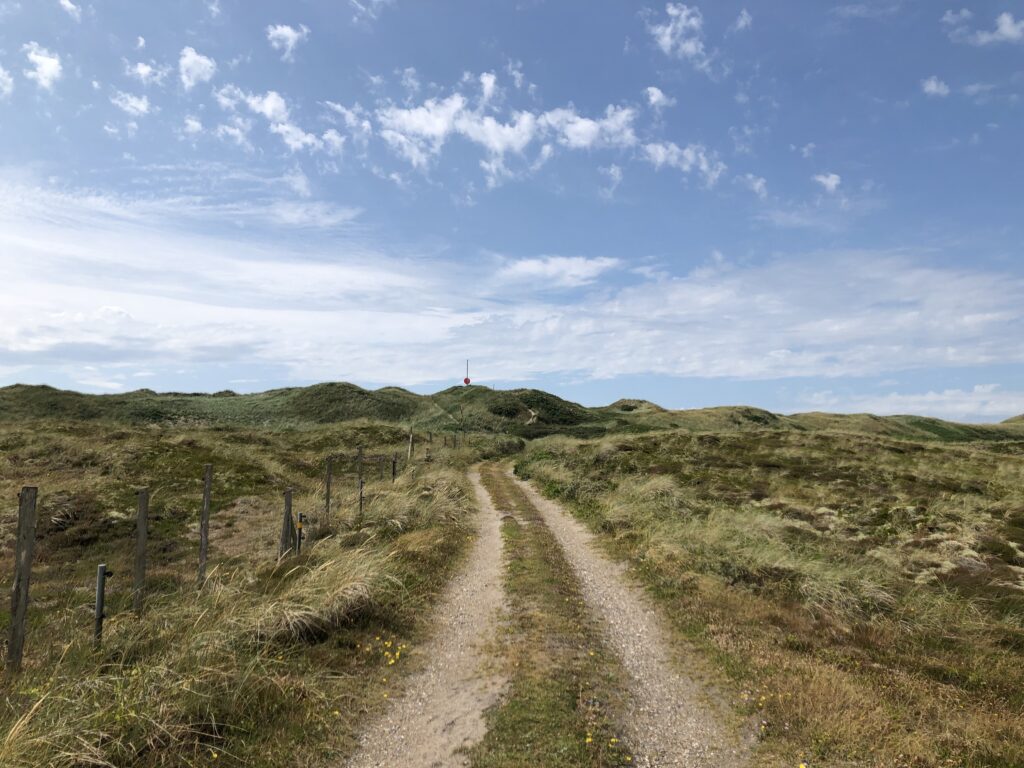
To my great disappointment the balls never went up during our holidays. At least here. Near Blåvand, however, there is a much larger training area that is used by the proper army, and here major exercises are common even during the summer. Often the artillery fire can be heard for many miles. When there is no exercise once can to drive through the heart of the training area, the Kallesmærsk Hede, on a gravel path with even more exciting yellow signs on the sides. The beach between Blåvandshuk – Denmark’s westernmost point – and Vejers Strand is also closed when military operations are taking place. Otherwise it makes for an excellent walk, since the beach feels very remote and is full of strange objects that have been swept ashore.
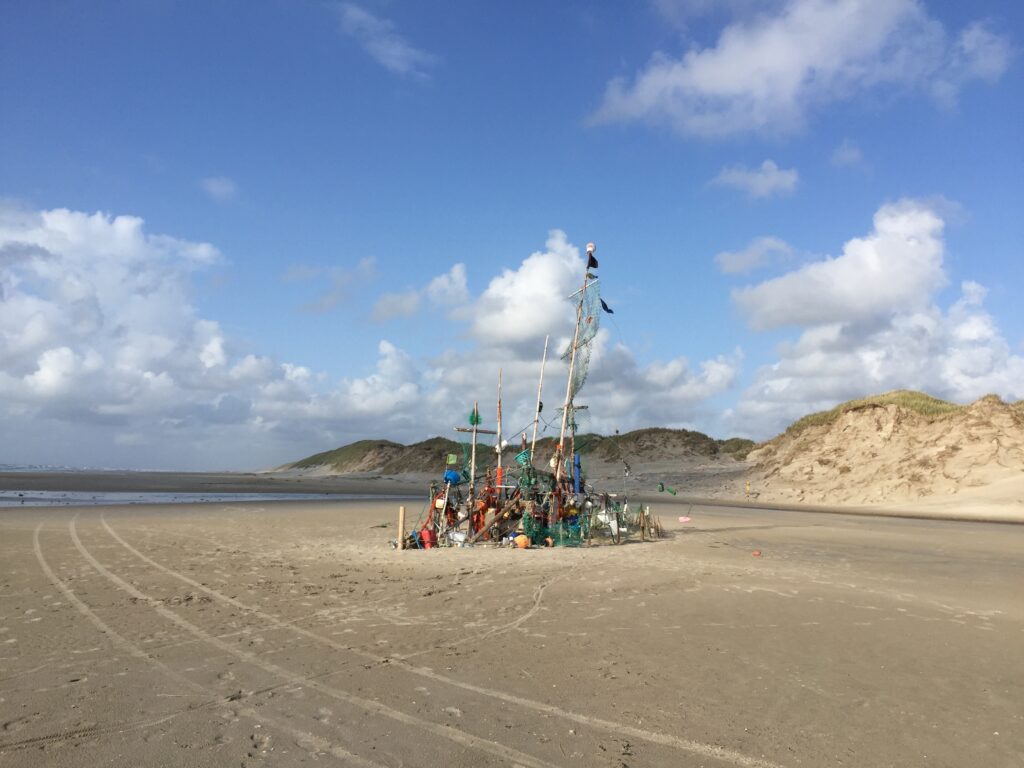
Over 20 years have passed between the first and the last time that I visited Jutland, and not that much seems to have changed – at least in Holmsland Klit. In addition to the military signs I also used to have a passtion for beach numbers and rescue posts on the beaches, and both are still there. (Apparently the beach numbering system was unified and extended between 2011-2013 though.) Obviously the complex rules about how to fly the Danish flag remain in place. Postcards have become unusually expensive. Since fewer letters are being sent postage costs have been rising rapidly in recent years, and so sending a postcard abroad now costs over £4, which seems to be the highest price for this type of service in the whole world. One in fact needs more stamps than can be fit on the card, at least if one also wants to write a message, and so the postcard needs to be put in an envelope.
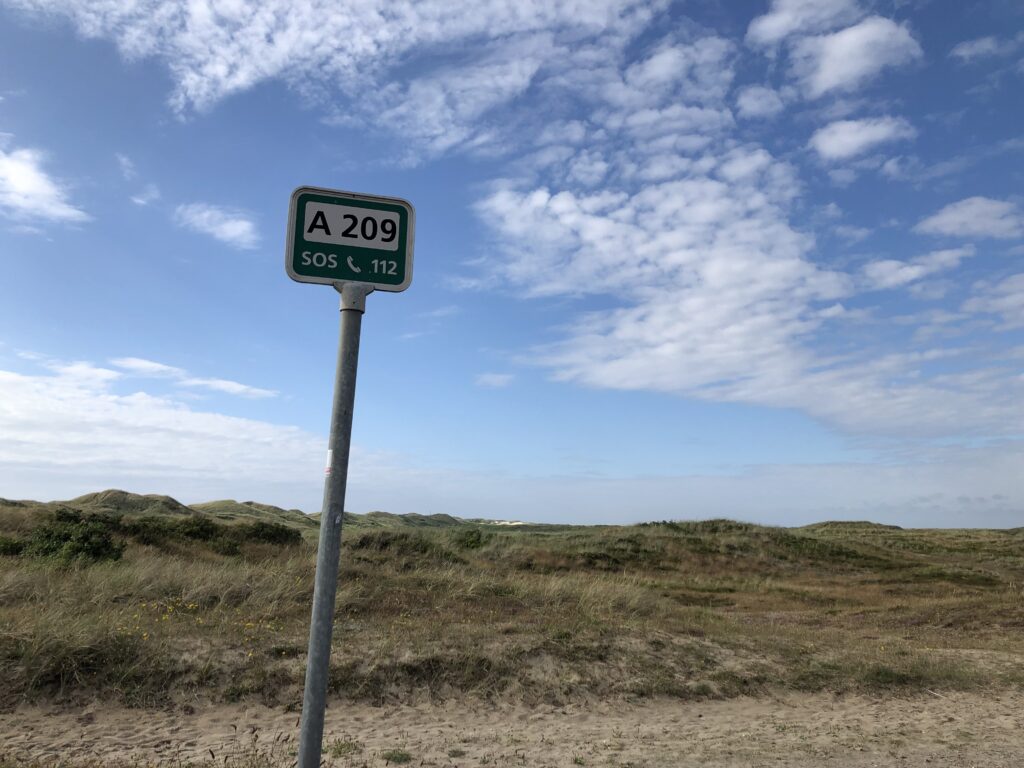
Something that would be very useful now but has sadly disappeared is a ferry that used to run between Esbjerg, the largest town in West Jutland, and Harwich in Essex. It ceased operations in 2015 and is unlikely to re-appear. One connection between Denmark and East Anglia is thus no longer, but many others do and will remain.
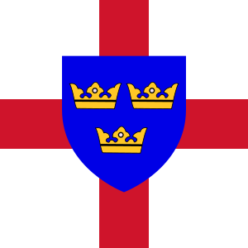
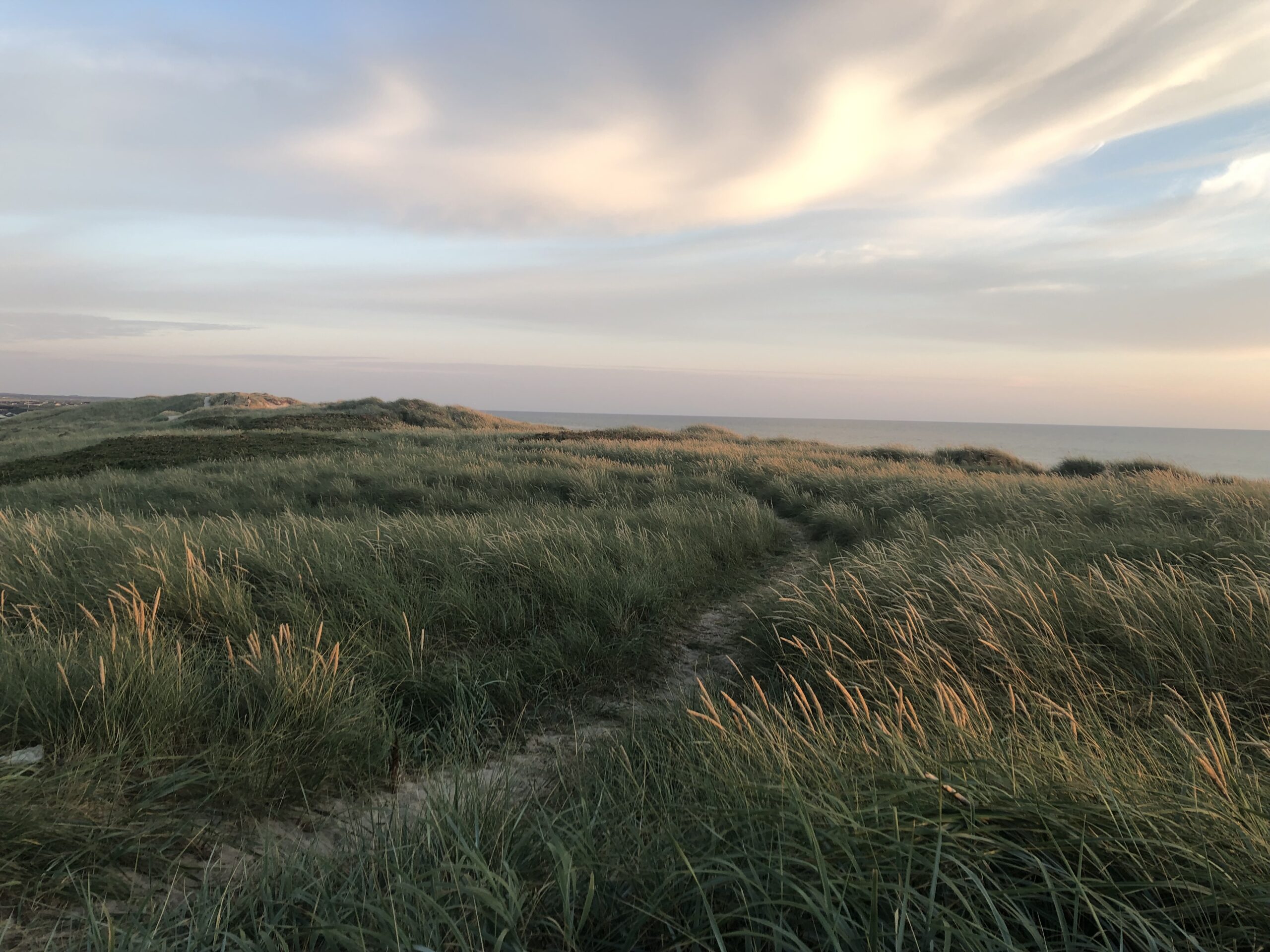
One thought on “Reminiscences of Jutland”